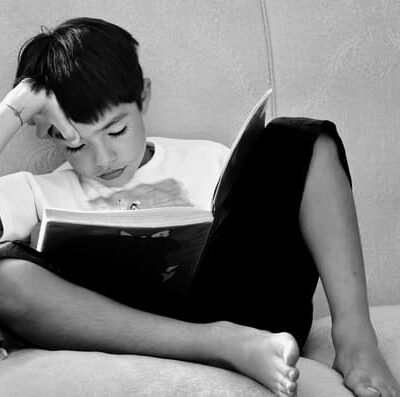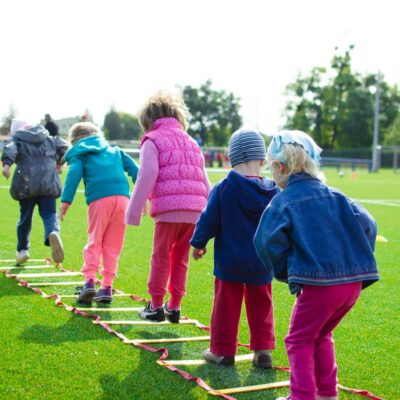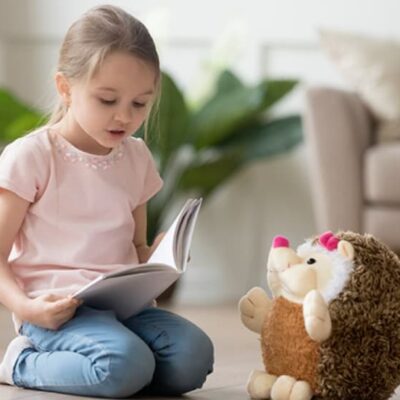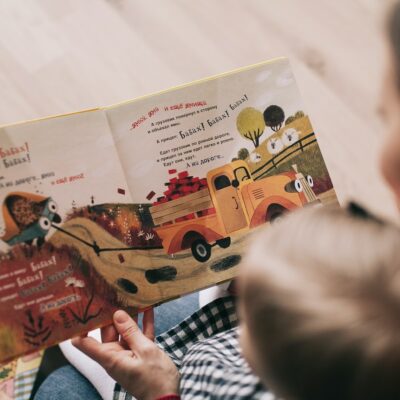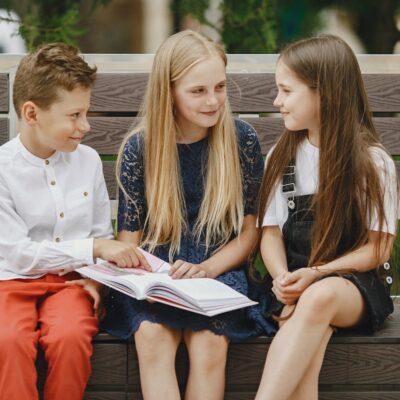Children’s Books: Fueling Imagination, Values, and Lifelong Learning
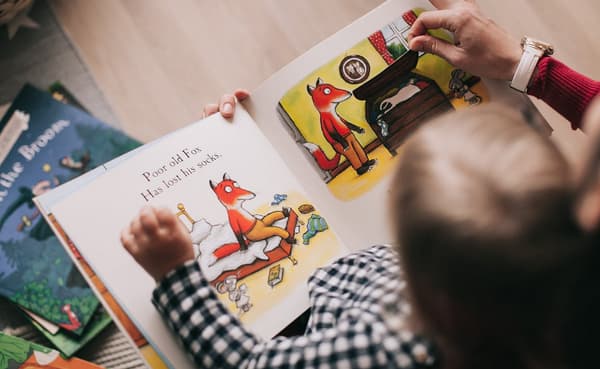
When we think about the foundations of creativity, empathy, and knowledge, children’s books often come to mind. These simple yet powerful stories shape young minds, offering more than just colorful illustrations and bedtime tales. Children’s literature not only introduces basic concepts like numbers and colors but also explores deep moral values, friendships, identity, and resilience in ways that young readers can absorb and carry into adulthood.
Interestingly, many celebrities and public figures have contributed to or promoted children’s literature over the years. For instance, Emma Watson—widely known for her role as Hermione Granger in the Harry Potter series—has championed literacy and young readers globally. While her career has spanned acting, activism, and education, discussions about Emma Watson net worth often highlight how she’s chosen meaningful projects, including ones that support children’s education.
Why Children’s Books Matter
Children’s books play a unique role in child development. Beyond entertainment, they:
- Foster Imagination: Stories filled with magical lands, talking animals, and brave adventurers open children’s minds to infinite possibilities. This creativity often leads to improved problem-solving and cognitive flexibility in later life.
- Develop Emotional Intelligence: Through characters facing challenges, children learn to recognize and manage their own emotions. Books like The Giving Tree or Charlotte’s Web introduce concepts like kindness, grief, and friendship in gentle, digestible ways.
- Support Language and Literacy Skills: The more children are read to or encouraged to read, the stronger their vocabulary, grammar, and comprehension become. Rhyming books and repetitive sentence structures help reinforce patterns and build memory.
- Introduce Cultural Awareness: Books that include diverse characters and settings expose children to different cultures, traditions, and perspectives, fostering empathy and understanding from a young age.
Top Types of Children’s Books and Why They’re Loved
Children’s books come in many forms, each with its own charm and purpose. Here are a few popular categories:
1. Picture Books
Aimed at toddlers and preschoolers, these books rely heavily on illustrations to tell the story. The visuals are not just complementary; they carry much of the narrative. Books like Where the Wild Things Are or The Very Hungry Caterpillar have captivated generations through their vibrant artwork and rhythmic text.
2. Early Reader Books
Designed for children just starting to read independently, these books use simple sentences and large fonts. Popular series like Elephant and Piggie by Mo Willems are engaging, humorous, and ideal for building confidence in young readers.
3. Chapter Books
These books, like Junie B. Jones or Magic Tree House, introduce slightly more complex plots and character development. They help bridge the gap between picture books and full novels, typically aimed at kids aged 7–10.
4. Middle-Grade Novels
These stories explore more mature themes but remain age-appropriate. Think Wonder, Percy Jackson, or Diary of a Wimpy Kid. These books can tackle issues like bullying, identity, and family relationships, all while keeping the tone light and accessible.
5. Non-Fiction for Kids
Educational books that introduce science, history, or nature in a fun and engaging way are becoming increasingly popular. Titles like National Geographic Kids or Good Night Stories for Rebel Girls bring real-world knowledge into young minds through storytelling.

Celebrities and Children’s Books: A Growing Trend
Children’s literature has attracted attention from celebrities who wish to make a lasting impact. Some have authored books, while others use their platforms to promote literacy programs. Emma Watson, for example, while not a children’s author herself, is deeply involved in literature advocacy. Her work with the UN Women’s HeForShe campaign and her promotion of gender equality often intersects with reading and education for youth.
Many online searches related to Emma Watson net worth reveal her thoughtful career choices. She’s known for picking roles and causes that align with her values, such as promoting youth reading and education. Her involvement in book clubs like “Our Shared Shelf” also shows her commitment to using literature as a tool for social change—a value that starts in childhood and is fostered by children’s books.
Other celebrities like Kristen Bell, Jamie Lee Curtis, and Lupita Nyong’o have authored their own children’s books to spread messages of self-love, inclusion, and kindness. This trend not only brings more attention to children’s literature but also encourages parents to prioritize reading with their kids.
The Digital Age of Children’s Books
With the rise of digital technology, children’s books have also evolved. E-books, audiobooks, and interactive reading apps allow kids to experience stories in new and engaging ways. Some parents worry that screen time is harmful, but when used wisely, digital books can supplement traditional reading and even encourage reluctant readers to engage.
Still, experts recommend a balance. Physical books offer sensory experiences that digital formats cannot replicate—turning pages, smelling ink, or even using finger-point reading methods that are proven to help with early literacy.
How to Cultivate a Love for Reading in Children
Encouraging reading from a young age doesn’t require a huge library or a professional background in education. Here are a few effective ways to help children fall in love with books:
- Make Reading a Daily Habit: Set aside time every day to read together, whether it’s at bedtime or during a quiet afternoon break.
- Create a Reading Nook: A cozy space filled with pillows and bookshelves can make reading feel like a special adventure.
- Let Kids Choose Their Books: Children are more likely to read when they get to pick what interests them.
- Be a Reading Role Model: Let kids see you reading too—books, newspapers, anything. Your example matters.
- Visit Libraries and Book Fairs: These events can turn reading into a fun, community-based activity.
Conclusion: A Page at a Time
Children’s books are more than just a gateway to literacy—they’re a gateway to empathy, curiosity, and lifelong learning. Whether you’re raising a future scientist, artist, or activist, reading is one of the greatest gifts you can give.
And as seen through figures like Emma Watson, whose net worth reflects both commercial success and meaningful activism, supporting children’s education and reading habits is a legacy worth building. Through the magic of stories, we prepare the next generation to think deeply, dream big, and act kindly—one page at a time.
